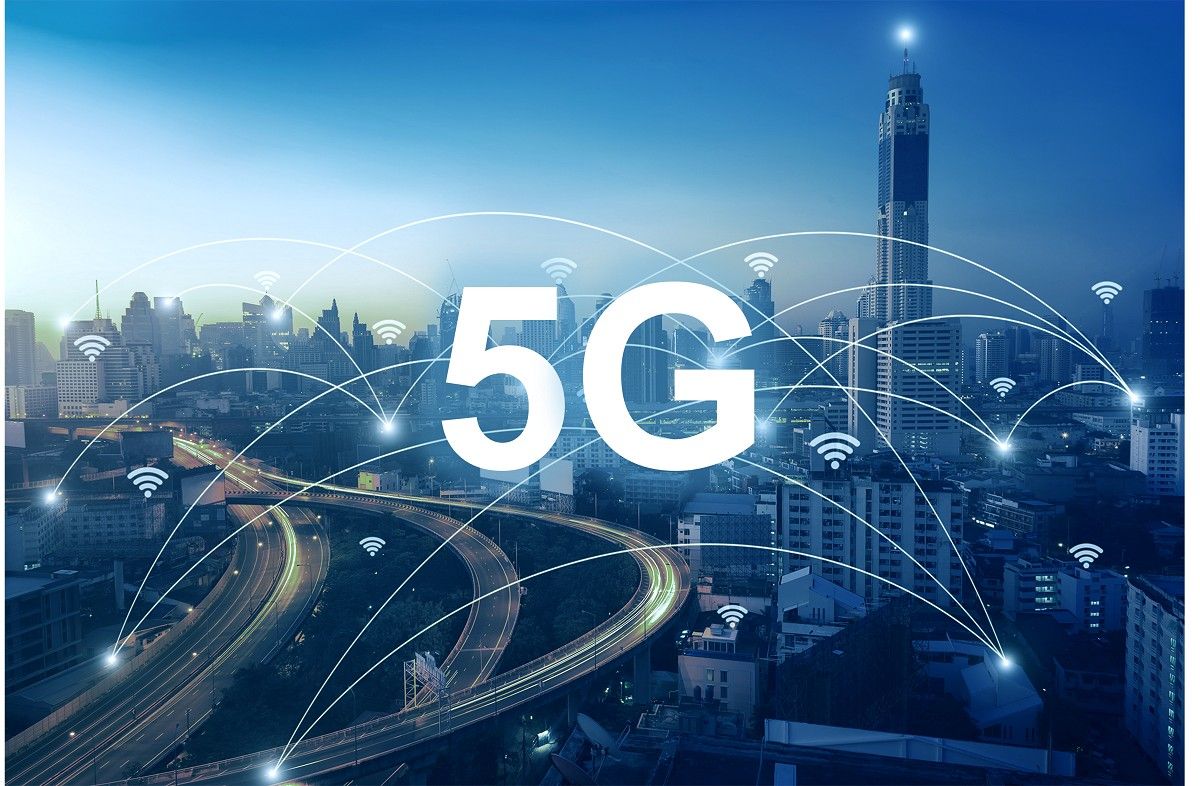News Blast
Your daily source for the latest news and insights.
5G Technology: The Game Changer We Didn't See Coming
Discover how 5G technology is revolutionizing our world and uncover the surprises that make it a true game changer!
Understanding 5G Technology: What It Is and How It Works
5G technology represents the fifth generation of mobile networks, succeeding 4G LTE with enhanced speed, lower latency, and greater capacity. Unlike its predecessors, 5G operates on a combination of millimeter waves, sub-6 GHz frequencies, and long-range waves, enabling it to transmit data at unprecedented rates. This technology plays a pivotal role not only in improving mobile broadband services but also in facilitating the rise of the Internet of Things (IoT), where a vast number of devices can communicate seamlessly.
The architecture of 5G networks includes several key components: small cells, which are low-powered cellular radio access nodes; massive MIMO (Multiple Input Multiple Output) technology, which uses multiple antennas to improve capacity; and beamforming, which directs signals to specific users rather than spreading them in all directions. These innovations collectively minimize latency and enhance network efficiency, ensuring that users experience faster downloads and smoother streaming. As 5G continues to roll out globally, its potential to transform industries—from healthcare to transportation—is becoming increasingly evident.

The Impact of 5G: Transforming Industries and Daily Life
The advent of 5G technology is poised to revolutionize numerous industries, enhancing connectivity and enabling new innovations that were previously unimaginable. With its unparalleled speed and reduced latency, 5G allows for the seamless integration of technologies such as the Internet of Things (IoT), artificial intelligence (AI), and big data analytics. Industries like healthcare, transportation, and manufacturing are already beginning to experience profound changes. For example, in healthcare, telemedicine and remote surgeries are becoming more reliable thanks to the high-speed data transmission that 5G offers, ultimately leading to improved patient outcomes and more efficient resource management.
Moreover, 5G is set to transform daily life in ways that enhance convenience and accessibility. Smart cities equipped with 5G networks will enable real-time traffic management, environmental monitoring, and enhanced public safety measures. As consumers gain access to ultra-fast mobile internet, services like virtual reality (VR) gaming, augmented reality (AR) shopping experiences, and seamless streaming will become mainstream. With an array of applications across sectors, it is evident that 5G technology is not merely a step forward in telecommunications but a significant leap toward a more interconnected and efficient world.
Is 5G Safe? Debunking Myths and Addressing Concerns
The advent of 5G technology has sparked a wave of discussions and concerns regarding its safety. Many believe that the higher frequencies used by 5G can lead to detrimental health effects, ranging from headaches to more severe illnesses. However, numerous scientific studies and health organizations, including the World Health Organization (WHO), have consistently found no conclusive evidence to support the idea that 5G is harmful to human health. It's important to note that the frequency of 5G signals is still well within the range deemed safe for human exposure.
Additionally, some myths surrounding 5G safety are fueled by misinformation and misunderstandings. For instance, a popular myth suggests that 5G technology spreads diseases, such as COVID-19. This claim has been decisively debunked by experts who emphasize that viruses cannot travel on radio waves or mobile networks. Instead of succumbing to these myths, it is crucial to rely on factual information and scientific evidence. Education and awareness play key roles in quelling concerns about 5G safety and ensuring that the public understands the actual implications of this advanced technology.